The sixth mode of the major scale is the Aeolian mode. This is better known as the Natural Minor Scale. In the key of C major we get the A Aeolian mode (A minor).
The A minor scale is often referred to as the ‘relative’ minor to C major. Likewise C major is the ‘relative’ major to A minor. To help understand this mode let’s look at how to write an aeolian mode chord progression.
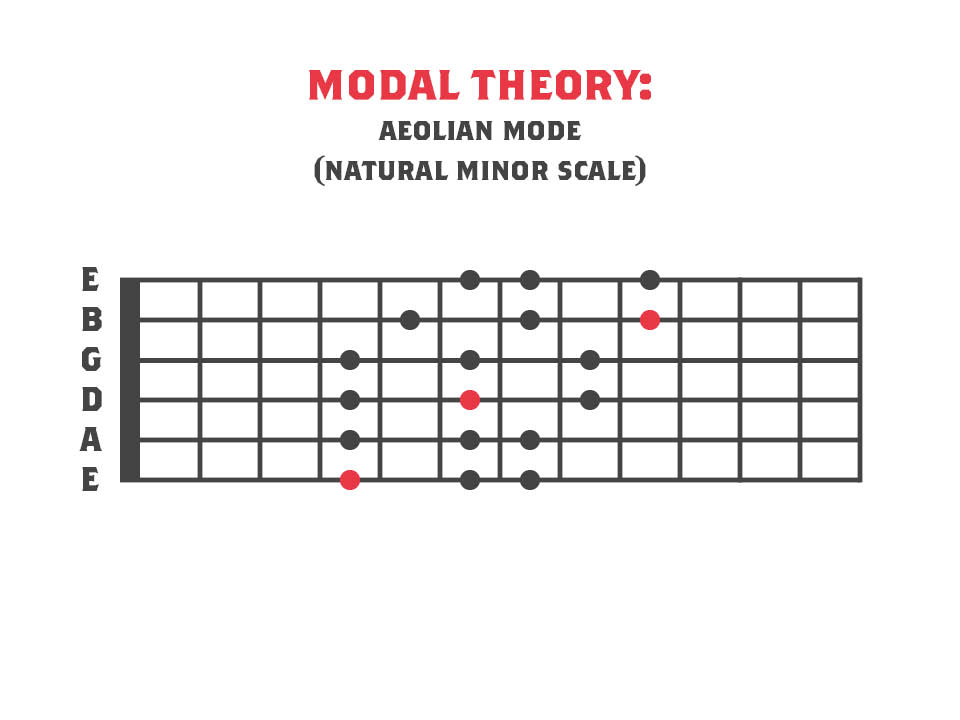
Here is the first octave ascending and descending:
The Aeolian mode works well over Minor 7 chords and is used frequently in all genres of music. If you’re looking to evoke a sad or darker feel Aeolian is a good choice because of is minor third and sixths. Let’s look at the notes of the natural minor scale in A.
In A minor the notes would be:
A – B – C – D – E – F – G – A
The A natural minor scale (Aeolian) the easiest scale to learn because the notes are in alphabetical order.
The intervals are:
W – H – W – W – H – W – W
Compared to the A Major scale, 3 of the notes are different:
A – B – C# – D – E – F# – G# – A
Chords
In comparison to the A Major scale the 3rd, 6th and 7th are all flattened. Therefore we can help to bring out the sound of the Aeolian mode by utilizing these notes. In A Aeolian we can use it over chords like Am, Am7 and Am(b6). In short we are using chords which include the intervals which are specific to the mode. We could even play it over an Am7(b13) because this uses the minor third, minor sixth and the minor 7th.
Aeolian Mode Example
Aeolian is also used a lot in Rock and Metal and it works very well over power chords (Chords with just a Root and Fifth). Below is an example using A5, C5, D5 and G5:
Footnote: The guitar in the cover image is from Rick Toone Guitars USA

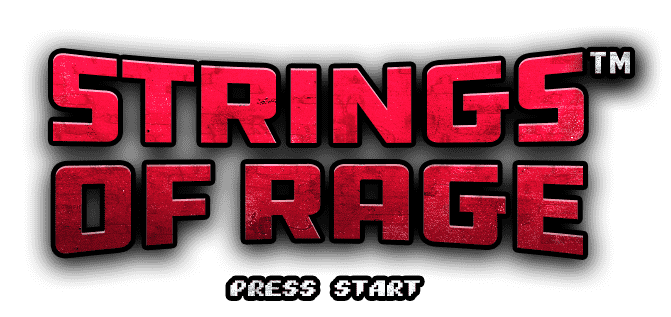
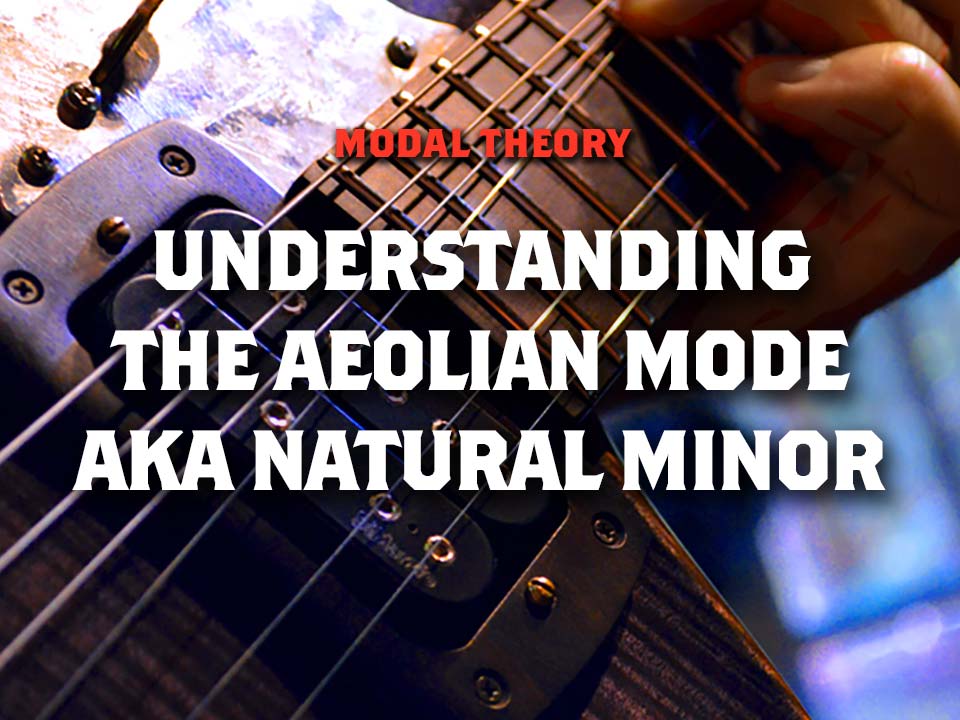
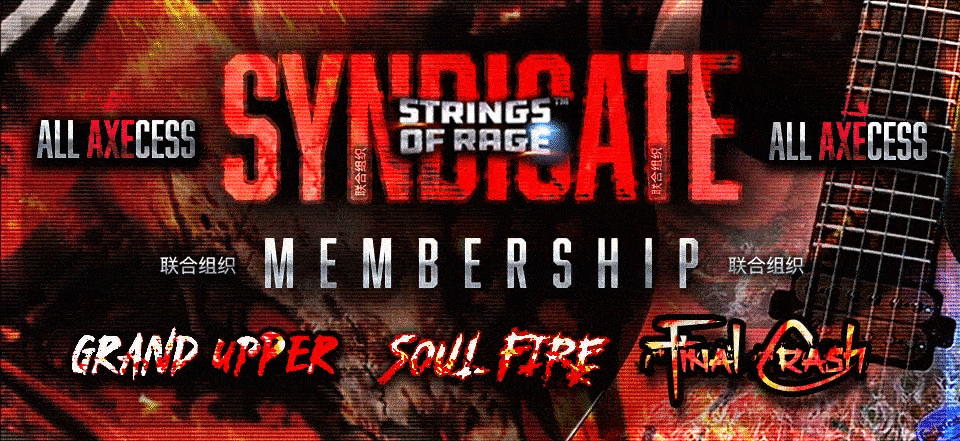


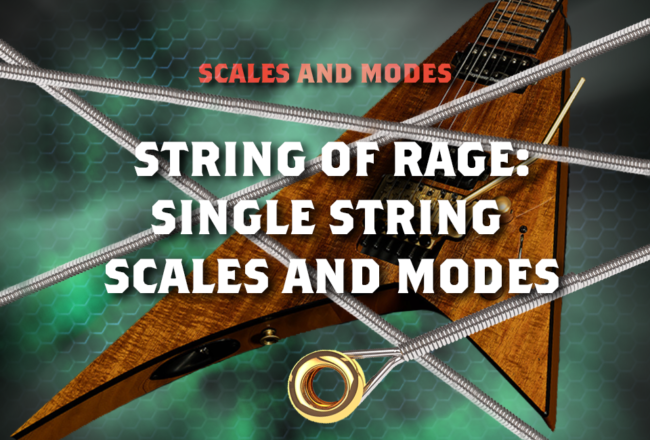
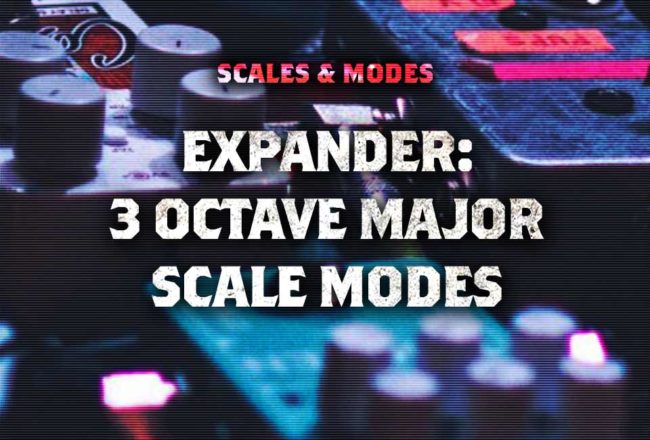






No Comment